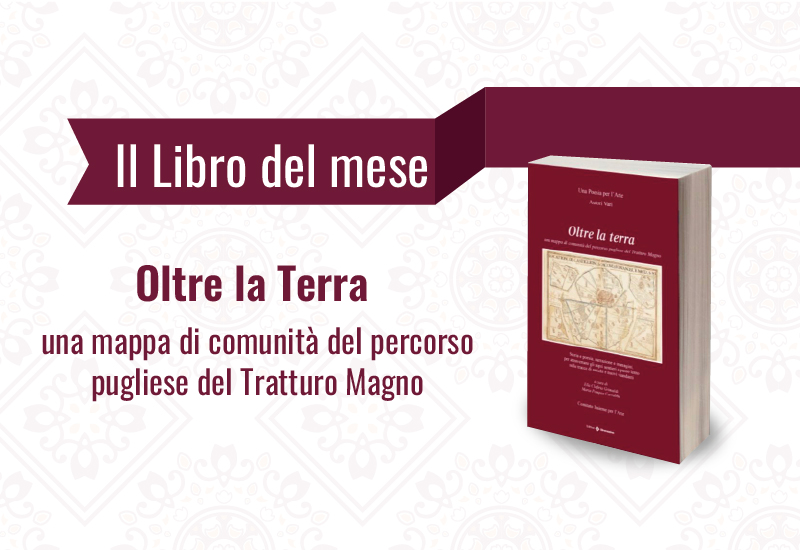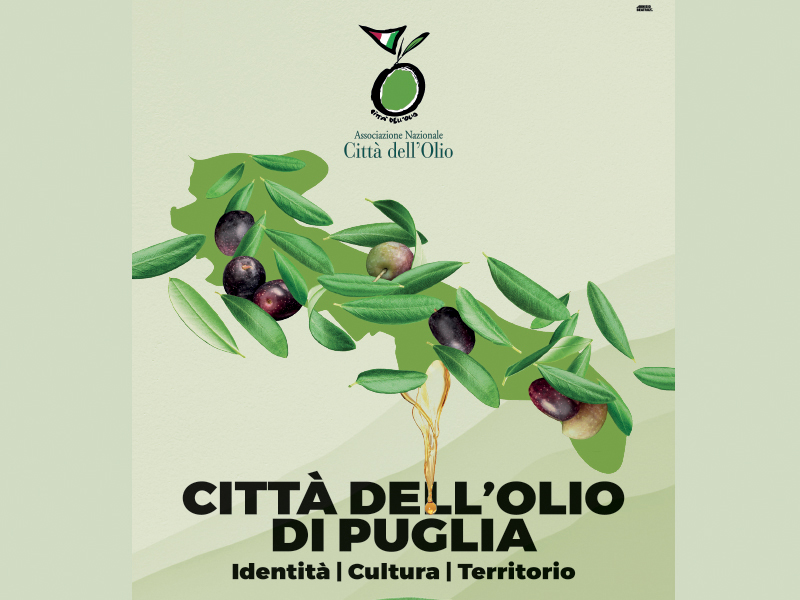Kale Polis, the City Beautiful
Kale Polis, the City Beautiful
GALLIPOLI (le) is the beautiful city by exception. Its historic centre is an island linked to the mainland by a stone bridge built in the early 17th century.
Fascinating par excellence, ruled by numerous dominations throughout its centuries-long history, Gallipoli traces its origins to the Messapian civilisation, which identified it with the ancient name of Anxa. The military nature of the city is clear in the civic coat of arms, which depicts a rooster, symbol of vigilance, with a scroll bearing the Latin inscription 'Fedelmente vigila' (Faithfully watchful).
Gallipoli's history is narrated by its places of art and culture. Just outside its ancient city walls is the Fontana antica, an artistic monumental fountain carved out of carparo, depicting the stories of Dirce, Salmace and Biblis, who were turned into fountains of water for their impure loves.
On the same square are the ancient chapel dedicated to Santa Cristina and the Sanctuary of the Madonna del Canneto, called the 'castellana' of Gallipoli.
Among the alleys, courtyard houses and noble palaces, the Cathedral of Sant'Agata, a marvellous example of Baroque art, and the confraternal oratories, among which the famous Church of Santa Maria della Purità stands out. Called 'the Sistine Chapel of Salento', it is the seat of the social category of the 'vastavi', the workers dedicated to porterage operations in the city's ancient merchant port.
From this important mooring point, oil produced in the underground oil mills dotted around the ancient island was shipped. Today, some of these oil mills have been recovered and are places of memory that should absolutely be visited to learn about the history of the production of 'liquid gold'.
{IMAGE_2}{IMAGE_4}
Behind the so-called 'Porta Terra', the Castle towers majestically with its towers, among which the Ennagonal-shaped one stands out, and the Rivellino, an outpost built as further protection for the castle and the town itself.
In the old town centre, amidst numerous shops and boutiques, there are also some of Gallipoli's cultural venues such as the Diocesan Museum, the Frantoio ipogeo (underground oil mill) of Palazzo Granafei, the Civic Museum and the old pharmacy 'Provenzano'.
Behind one of the large towers dotting the walls, one can admire the Church of San Francesco d'Assisi with its famous Malladrone, a statue depicting the thief crucified with Jesus that D'Annunzio described as 'the horrid beauty'.
Near the beach of La Purità, with the perspective of the Island of Sant'Andrea, the sunset is a spectacle that leaves those who witness it breathless. An extraordinary mixture of colours that nature seems to dip into a large fairy palette with the blue of the sky and the sea, and the bright red of the sun dipping into the waters.
Gallipoli, a city to live in and to visit at all times of the year. Christmas with its dirges and sweets, Carnival with its exhilarating and colourful parades, Easter with its ancient rituals, and the suggestive sea festival of the patron saint Santa Cristina, for a travel experience not to be forgotten.
Places to visit: Castle and the Rivellino, Church of Santa Cristina, Sanctuary of the Madonna del Canneto, ANTICA Fountain (16th century), Cathedral of S. Agata, Church and Confraternity of Santa Maria della Purità, Church of S. Francesco d'Assisi.
Photos by: Michele Esposito
Text by: Eugenio Chetta, Francesca Fontò







